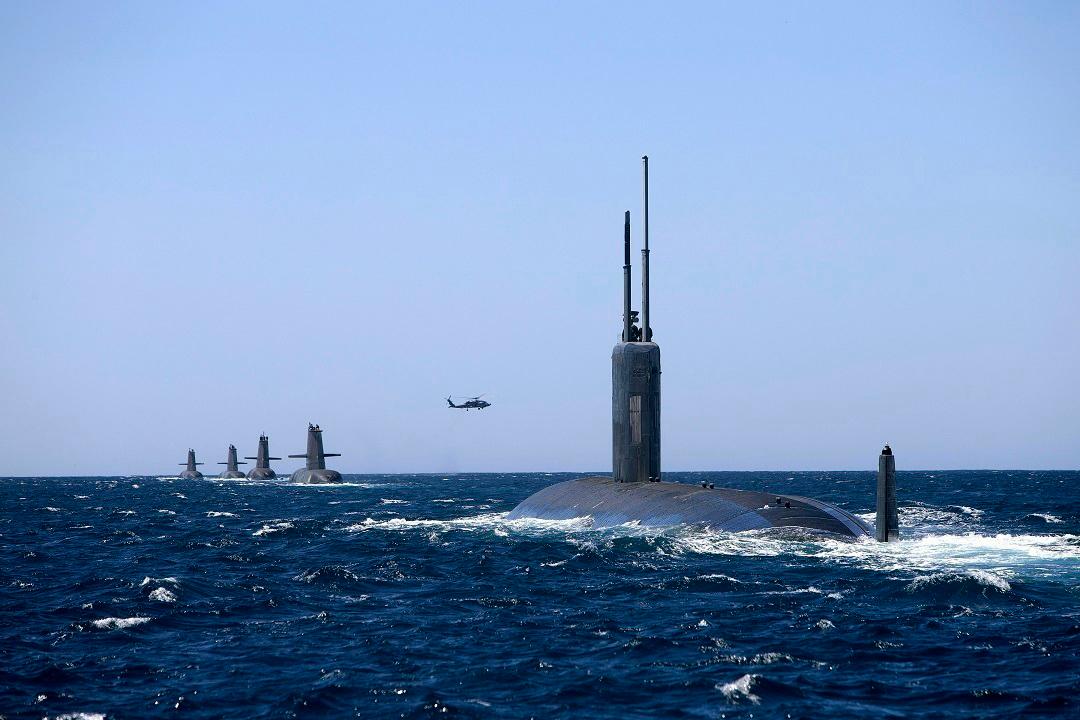Australia’s earmarked $10 billion nuclear-powered submarine base will have ramifications across the Indo-Pacific region and demonstrates the “magnitude” of AUKUS in action, according to a defence expert.
On March 7, Prime Minister Scott Morrison announced the government was investigating the development of a new east coast-based hub to house nuclear-powered submarines Australia is due to acquire from the United Kingdom and the United States.





